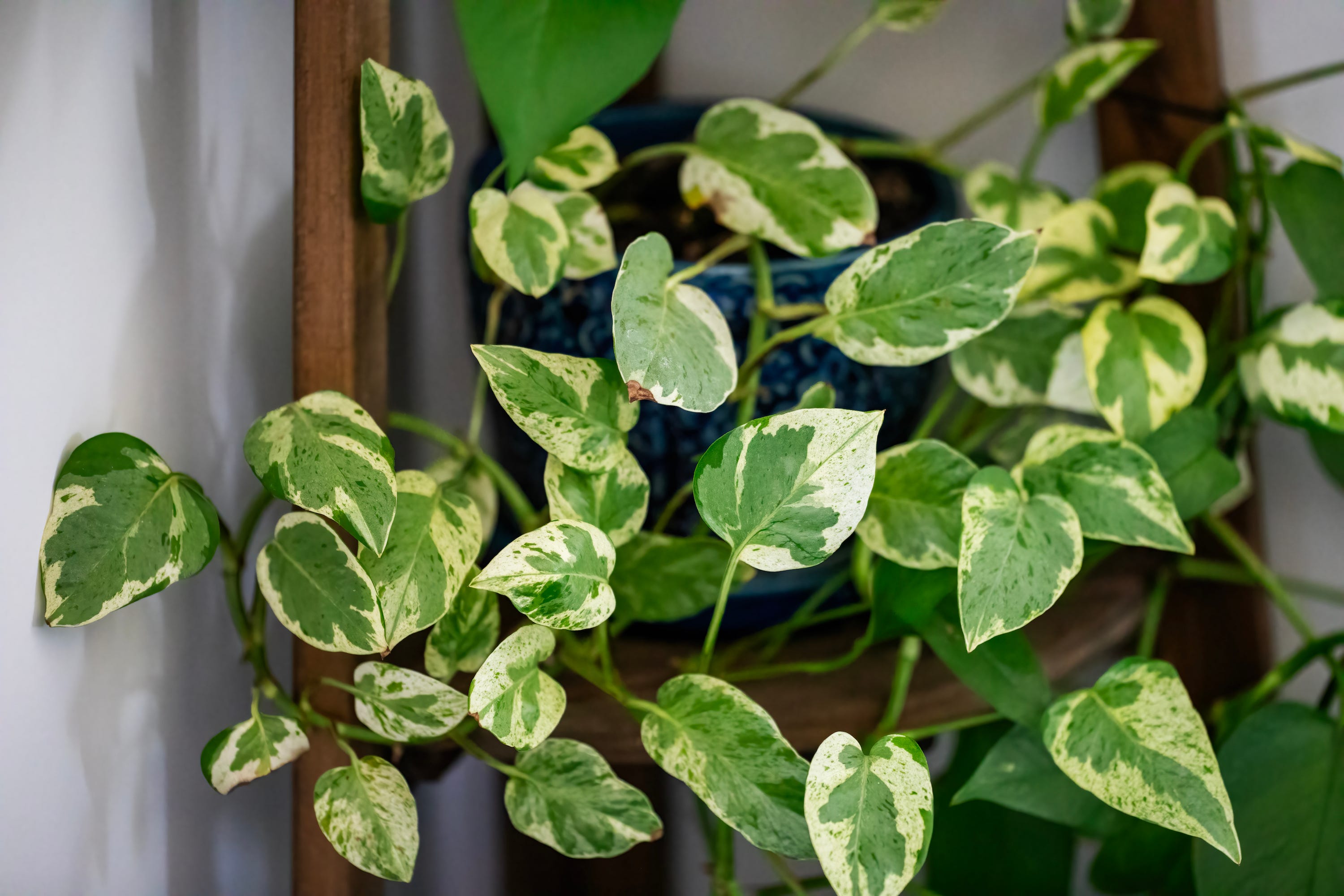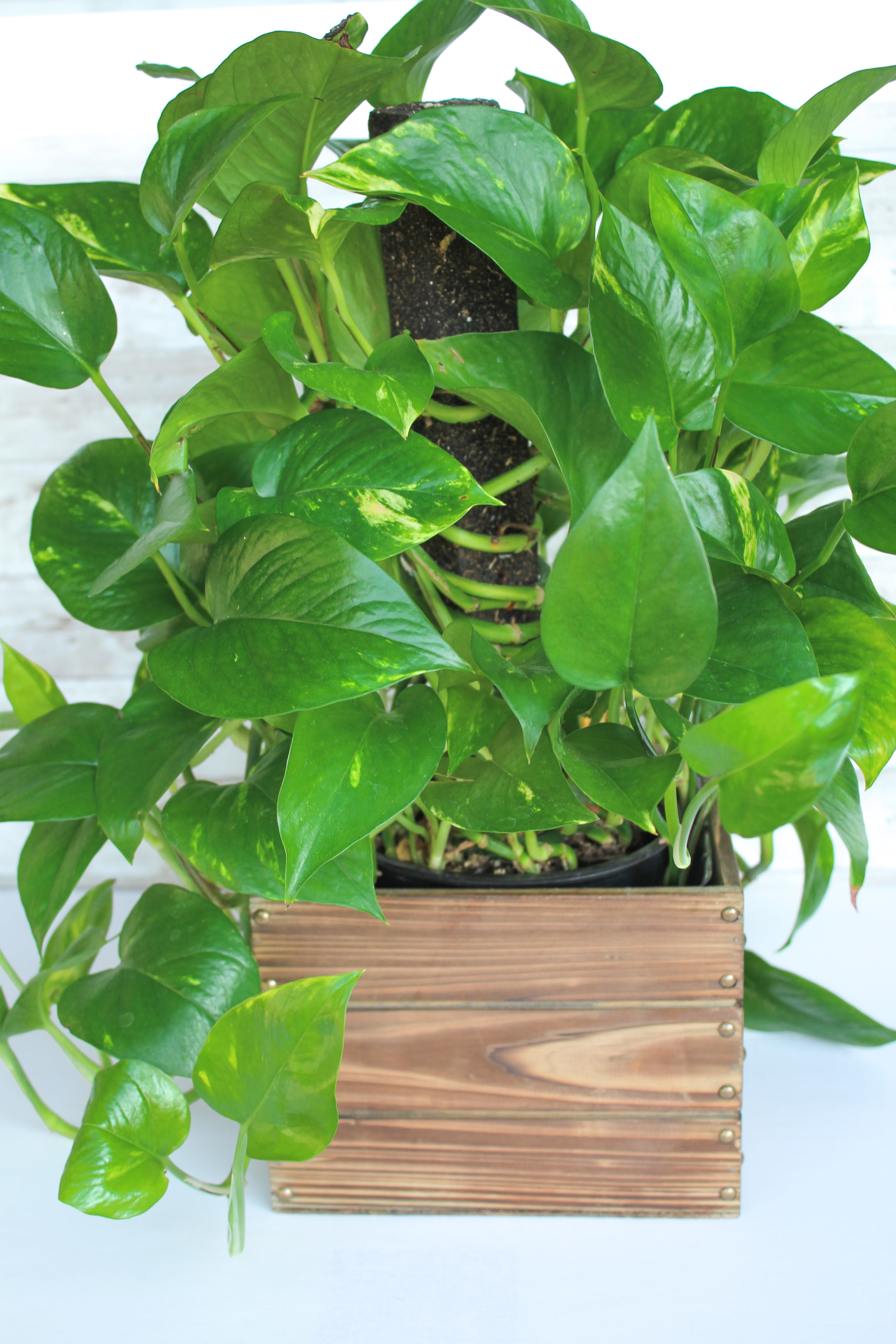Best Lights for Indoor Gardening in Winter: Nurturing Life When Days Are Dark

As the winter chill sets in and daylight dwindles, many of us find solace in nurturing indoor plants. But how do we ensure our green friends thrive when the sun is scarce? The answer lies in the best lights for indoor gardening in winter. Let's dive in and explore how to keep your indoor garden flourishing during the darkest months.
Understanding the Importance of Light for Indoor Plants
Light is the lifeblood of plants. It drives photosynthesis, the process by which plants convert light energy into chemical energy for growth. In winter, the reduced daylight hours can starve plants of this essential nutrient. This is where grow lights come into play, acting as a much-needed supplement to natural light.
The Role of Light Spectrum in Plant Growth
Not all light is created equal. Plants respond best to specific wavelengths within the light spectrum. Blue light, for instance, promotes vegetative growth, while red light encourages flowering and fruiting. Full-spectrum grow lights mimic natural sunlight, providing a balanced mix of these essential wavelengths.
Choosing the Best Lights for Indoor Gardening in Winter
Selecting the right grow lights can be a game-changer for your indoor garden. Here are some top options to consider:
LED Grow Lights: Efficient and Effective
LED grow lights are a favorite among indoor gardeners for their energy efficiency and longevity. They emit little heat, making them safe for plants and reducing the risk of burns. Modern LEDs offer a full spectrum of light, ensuring your plants get everything they need.

Fluorescent Grow Lights: Budget-Friendly and Versatile
Fluorescent grow lights, particularly compact fluorescent lights (CFLs), are an affordable option for small-scale indoor gardening. They are cool to the touch and provide a good spectrum of light for seedlings and young plants.
HID Grow Lights: Powerful and Proven
High-Intensity Discharge (HID) grow lights, such as Metal Halide (MH) and High-Pressure Sodium (HPS) bulbs, are powerful and have been used by professional growers for decades. MH bulbs emit a blue light spectrum, ideal for vegetative growth, while HPS bulbs produce a red spectrum, perfect for flowering.
Setting Up Your Indoor Garden for Winter Success
Once you've chosen your grow lights, it's time to set up your indoor garden. Here are some tips to maximize your plants' growth:
Positioning Your Grow Lights
The distance between your grow lights and your plants is crucial. Too close, and you risk burning the leaves; too far, and the light may not be strong enough to support growth. Most grow lights come with guidelines for optimal placement.
Creating a Light Schedule
Plants need a consistent light schedule to thrive. Most indoor plants do well with 12-16 hours of light per day. You can use a timer to automate this process, ensuring your plants get the light they need even when you're not around.
Monitoring Plant Health
Keep an eye on your plants for signs of stress. Yellowing leaves, leggy growth, or burned tips can all indicate issues with your lighting setup. Adjust as needed to keep your plants happy and healthy.
The Science Behind Winter Gardening
Winter gardening isn't just about supplementing light; it's also about understanding how plants respond to their environment. For instance, many plants enter a state of dormancy during winter, conserving energy for spring growth. Providing the right light can help mimic the changing seasons, keeping your plants in sync with their natural rhythms.

The Impact of Light on Plant Hormones
Light also plays a crucial role in regulating plant hormones, which control everything from growth to flowering. For example, phytochrome, a light-sensitive protein, detects changes in the light spectrum and triggers appropriate responses in the plant.
Conclusion: Embrace the Dark, But Bring the Light
Winter doesn't have to be a time of dormancy for your indoor garden. With the best lights for indoor gardening in winter, you can nurture life even when days are dark. Remember, choosing the right grow lights, positioning them correctly, and maintaining a consistent light schedule are key to your plants' success.
So, why not turn your home into a lush oasis this winter? Your plants will thank you, and you'll reap the rewards of a thriving indoor garden. Happy growing!
FAQs
What are the best lights for indoor gardening in winter? The best lights for indoor gardening in winter include LED grow lights, fluorescent grow lights, and HID grow lights. Each has its advantages, from energy efficiency to affordability and power.
How many hours of light do indoor plants need in winter? Most indoor plants need 12-16 hours of light per day. Using a timer can help maintain a consistent light schedule.
What is the ideal light spectrum for plant growth? Plants benefit from a full spectrum of light, but blue light promotes vegetative growth, while red light encourages flowering and fruiting.
How close should grow lights be to plants? The optimal distance varies by the type of grow light. Follow the manufacturer's guidelines to avoid burning or under-lighting your plants.
Can I use regular household lights for indoor gardening? Regular household lights are not designed to provide the specific light spectrum that plants need. Investing in grow lights specifically designed for plant growth will yield better results.
By understanding and implementing these principles, you can create a thriving indoor garden that defies the winter chill. So, let's bring the light and nurture life, even in the darkest months.
0 Response to "Best Lights for Indoor Gardening in Winter: Nurturing Life When Days Are Dark"
Post a Comment